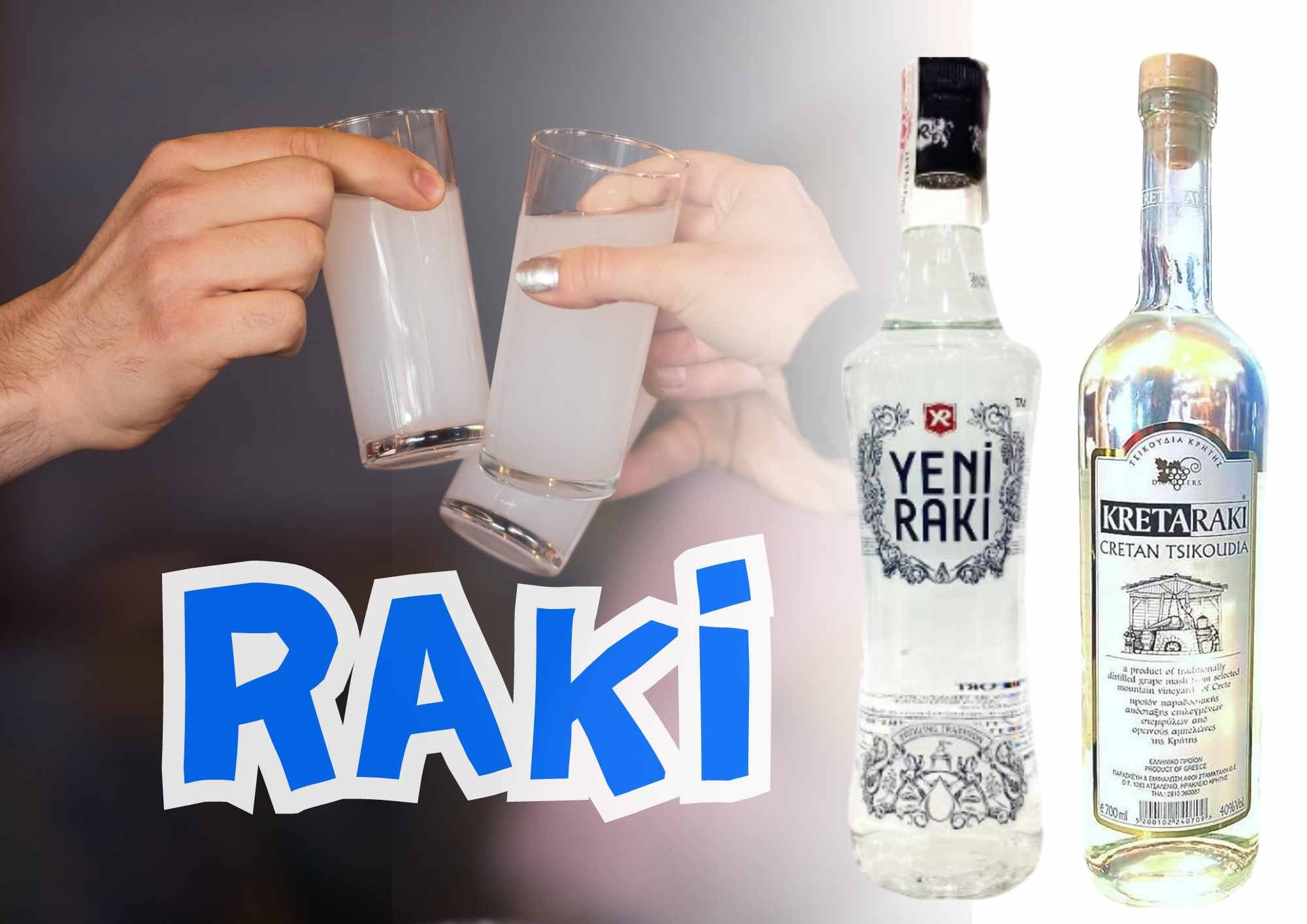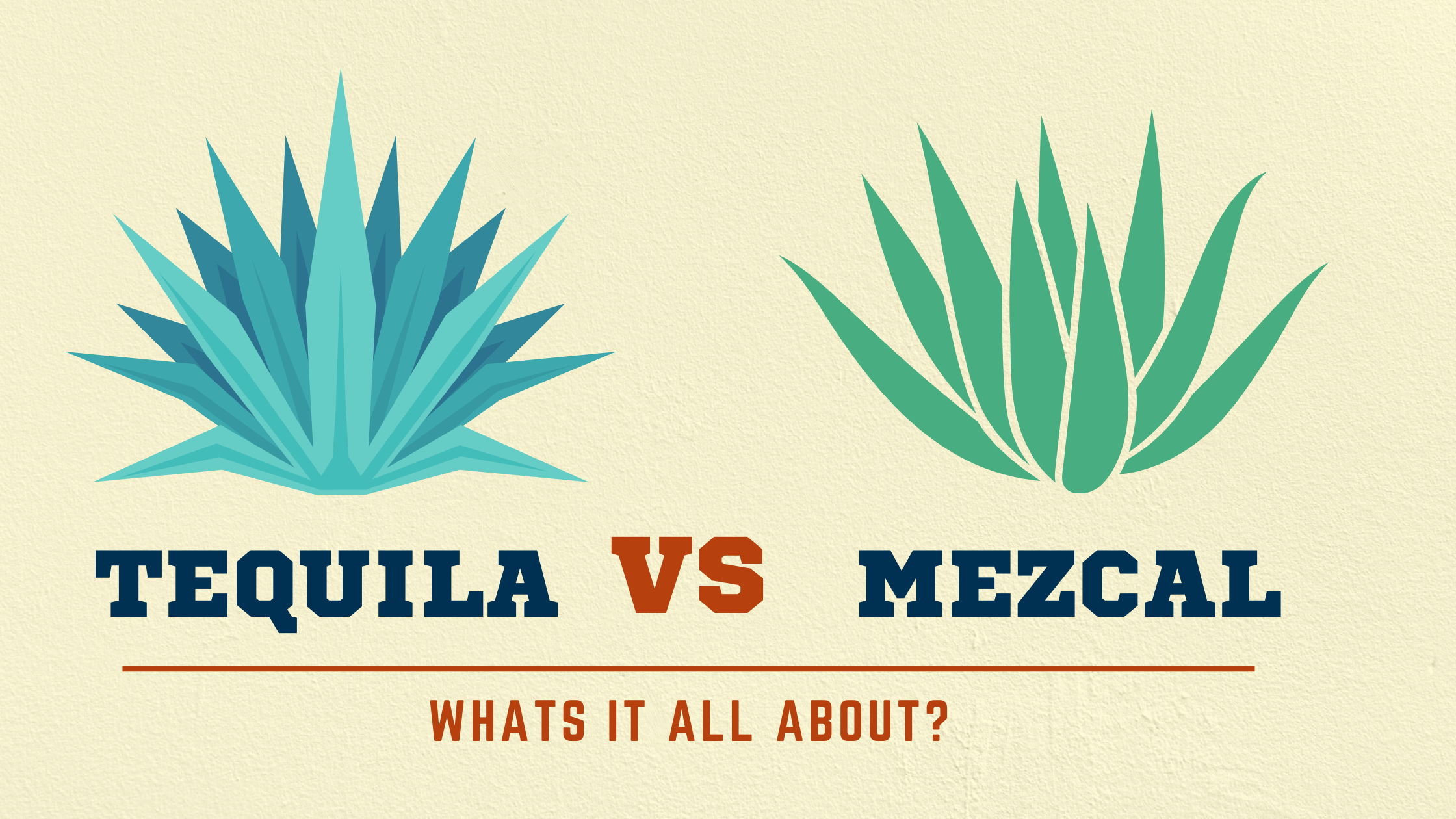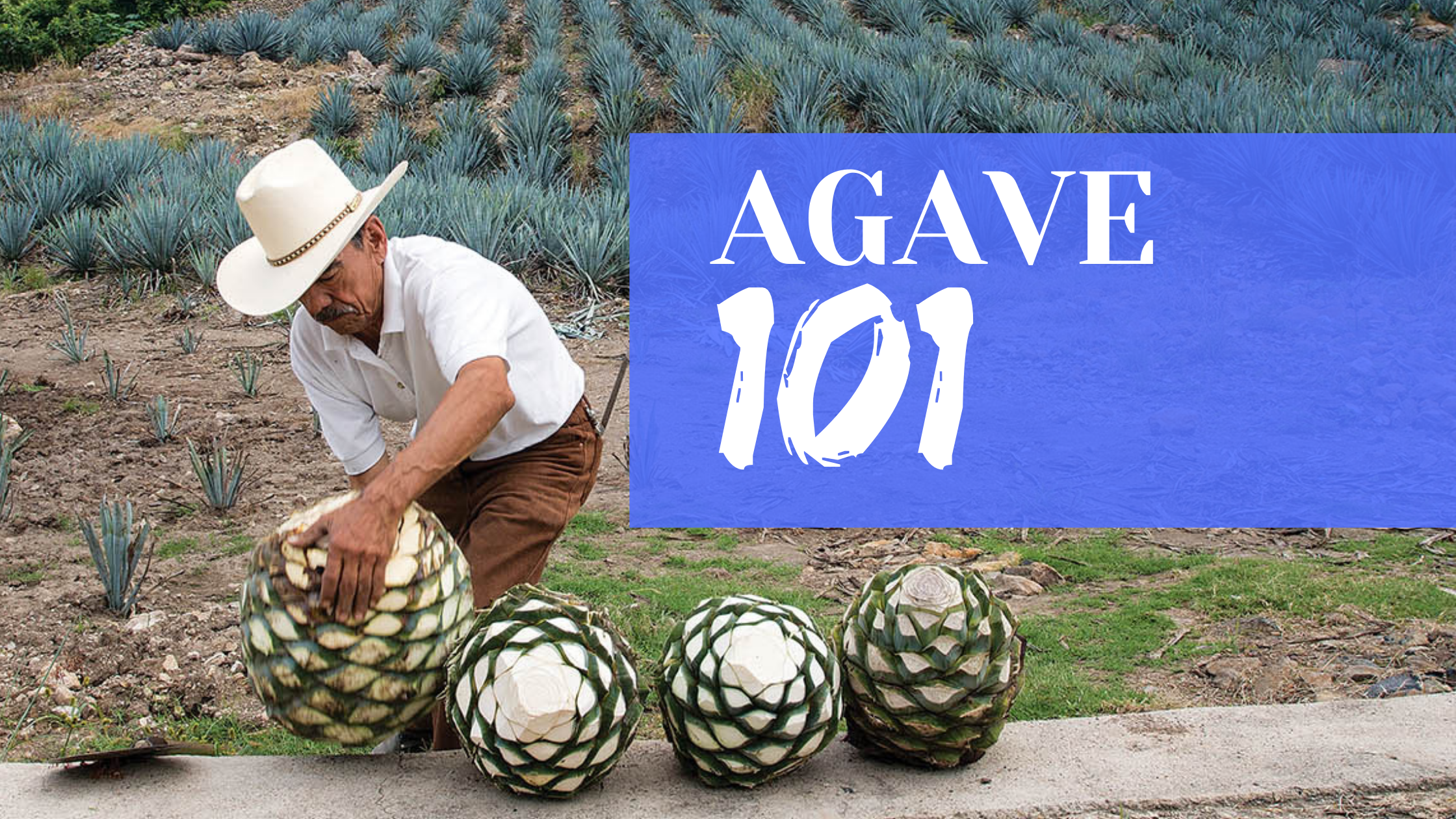What Is Tequila?
The ultimate guide to Mexico’s most well known spirit - Tequila.
Everyone old enough to drink has a Tequila story. Whether its good or bad, about yourself or someone else, Tequila is without a doubt a memory making spirit.
Usually, Tequila is associated as a “pick me up” shot from your student nights out, drinking margaritas or licking salt and sucking limes, chances are you’ve discovered Tequila through one if not all of these methods.
However, Tequila is more than just a party drink, its full of history, tradition and flavour. This association as a party drink is something that westerners very much have created themselves.
I like to think of myself as the unpaid and unofficial global ambassador for all things tequila and agave even though I’m British through and through.
I strongly believe that when people understand what tequila is and how its made, they can begin seeing tequila in another light, how its meant to be and fully start to enjoy and appreciate it for what it really is.
What is Tequila in Simple Terms
Tequila is a distilled Mexican spirit made from the fermentation of sugars found in Blue Weber agave.
The history of Tequila
Tequila has been around for centuries so its history, like many other spirits, is shrouded in mystery and myths. Its origins go all the way back to between 1000 B.C and 200 A.D where the Aztecs would ferment the agave sap to create a drink called “pulque” This liquid was so important in the Aztec culture that they would worship the agave and the gods they believed were involved. Mayahuel, the goddess of the maguey, and her husband Patecatl, the god of pulque.
However, pulque was a very different drink to Tequila, for starters pulque wasn’t distilled.
It wasn’t until the 1400s when the Spanish came around to Mexico and introduced distillation that agave ferments were distilled. Although back then, the spirit would have been closer to Mezcal then Tequila. Mezcal is another spirit made by distilling Agave. Mezcal, if you have ever had it, is distinct in its smokiness, somewhat peaty flavour. Mezcal is the one you have the “worm” with. Which isn't a worm at all by the way. It's the lava from a type of moth or butterfly (Depending on the mezcal) that spends its lava life on the Agave plant.
Check out this ultimate guide on What Is Mezcal for more on the subject of Mezcal and how it differs from Tequila. You can also check out the Tequila worm guide and my Tequila vs Mezcal: a complete comparison to learn more.
pictured: Tequila process painting. image source.
How Tequila is Made
Tequila production can be put into 5 different steps. Each one closely regulated to ensure the quality of tequila and to ensure that it can indeed be named tequila.
You may of already heard that tequila has to be made in Mexico and is made from the fermenting of agave and distilling of that liquid. But that’s not completely accurate, because there's a bunch of Mexican spirits that follow that same guideline.
Some of which you may of heard of, enter mezcal which we just mentioned, some of which you may be unfamiliar with, especially if you’re from the UK or American, spirits like Bacanora and Raicilla. These are all spirits that have to be made in Mexico and are made with agave.
The differences are the species of agave used and the production methods involved. The guide on Mezcal will give you an understanding of how that method differs from tequila production. I’ve also covered Bacanora and Raicilla in an article on agave spirits that are NOT tequila.
Understanding them will help you understand what makes Tequila different. And with that being said, here’s the production methods of Tequila.
Harvesting
pictured: blue weber agave being harvested. image source.
Step one is to harvest the agave, there are over 250 species of agave and unlike spirits such Mezcal and Bacanora, Tequila has to be made with one specific type of agave to be named Tequila, that is the Blue-weber agave. For a better understanding of agave, check out this guide on What is Tequila Made From.
Blue weber agave takes around 8-10 years to mature and is regional to certain areas of Mexico, those regions being; Jalisco, Michoacán, Nayarit, Guanajuato, and parts of the State of Tamaulipas. With the most popular being Jalisco due to the climate, remember, these take 8-10 years to grow so the climate or terroir in wine making, is very much important to the end taste.
If you want to learn more about the interesting world of agaves, how they grow, which spirit they make and all the interesting stuff that goes along with it, check out my guide to agaves - the plant known for Tequila, Folklore and Health.
pictured: working jimador trimming agave. image source.
Harvesters of agave are named Jimadors, the jimadors use a coa de jima which is a flat bladed knife at the end of a long pole similar to a hoe (see photo above) and use it to remove the leaves and flowers from the agave leaving just the agave heart, which resembles a pineapple and is amply known as, the pina due to said resemblance. More of this is covered here in my agave guide.
Cooking
Cooking agave is the key to turning starches into sugars. Basically, agaves are made up of starch which once heated and cooked turns to sugars, sugars can then be fermented into alcohol.
Traditionally, this would be done by burying the agave on hot stones in the ground for upwards of 10 days. This is how they still do it in Mezcal production, but for tequila, times have changed and they are now cooked in huge steam powered ovens, slow-baked at around 140 to 185 F for about 50 to 72 hours.
pictured: large ovens filled with blue weber agave. image source.
This slow baking method helps transforms the molecules in the starches which eventually is what transforms them into fermentable sugars.
Milling
Once cooked, the agaves are then crushed to release the sugary juices. Traditionally, they were crushed with large wooden mallets, and then later, large stone grinding wheels pulled by horses called tahona (which is how mezcal still does it).
Today, this is done through machinery, conveyor belts and automatic rollers.
pictured: agave milling process post crushing.
Fermenting
That liquid is then placed in a large vat and mixed with yeast, either by specifically designed yeast strains or natural yeast from the air. This combination of yeast and sugar creates fermentation. The yeast eats the sugar and turns out alcohol and c02.
These vats will have an open top allowing the c02 to escape, or harvested and sold, leaving behind the low alcoholic agave juice. Which at this point, is basically pulque.
pictured: Tequila fermenting in large wooden vat. image source,
Distillation
The final step is then to distil that liquid to concentrate the flavours and alcohol percentage, the end product will be somewhere around 70-90% abv and can then be diluted to a much more enjoyable 40% where the tequila is ready to be bottled.
pictured: Patron’s copper stills for distilling fermented agave into tequila. image source.
The different styles of Tequila explained
That is the basic process of making tequila complete, however, there is a final optional step involved, Tequila can be aged in oak casks to impart some richer, woody flavours and colour which is where different styles of tequila come into play.
Blanco Tequila:
Also known as silver tequila or white tequila, Blanco Tequila is Tequila straight from the still, it's perfectly clear unaged tequila, perfect for mixing in cocktails or enjoying the lighter, earthy and herbal flavours in tequila. It's the rawest form of tasting distilled agave.
A great example of well made Blanco Tequila is Ocho 8.
Reposado Tequila:
Also referred to as rested, reposado Tequila is aged from two months to just shy of a year. Which imparts a slight colour and softens the harshness of the tequila.
A great example of well made Reposado Tequila is Herradura.
Añejo Tequila:
Aged one to three years, añejos are smooth and rich, with more flavour contributions from the barrel.
See Patron Anejo for a great example of Anejo Tequila.
Extra añejo:
Aged at least three years. Extra añejos are dark like brandy and old Scotches, and very rich tasting. As you would imagine, these are also the more expensive style of Tequila.
The best in my recommendation is Don Julio 1942 which can often be unavailable, if so, check out Don Julio Anejo.
pictured: aging tequila.
Mixto Tequila
Now before we move on to how to enjoy tequila, we must talk about Mixto Tequila. This is the one thing you should know about tequila.
Mixto means mixed tequila. Regulations mean that tequila has to be made from blue-weber agave, but as we mentioned before, blue-weber agave is difficult to grow and has to be aged for 8-10 years before you can even pluck it up and roast it. Then on top of that you have this whole process of transforming starches into sugars.
It’s not just a difficult process, but an expensive process. The good thing is that it ensures that what you’re drinking is true to tequila and is of high quality.
However, there are ways to save a bit of time, a bit of money, and get around these regulations.
Mixto tequila uses 51% agave, technically an agave made spirit, and 49% cheaper sugars, usually corn sugar.
Basically if you only have enough agave to create 100 bottles of tequila, why not half that and top it up with cheap sugar to double your yield.
The result of this process is not true to the flavour of tequila, it creates a really harsh tasting product. This, is cheap tequila. That time you had one too many shots of tequila in that dive bar and now cant look at the stuff again without feeling sick? Mxto tequila. That time you went to the bar and asked for the cheapest shot and ended up throwing it all back up? Mixto tequila.
The two big name mixto tequilas you should avoid at all cost are sierra and Jose cuervo, these are the mixto tequila giving tequila a bad name.
Basically if it has a sombrero on the lid, avoid it, and if its under £15, ask yourself how that’s possible to make a profit if its 100% agave, then avoid it.
If you’re unsure on whether a tequila is actual tequila or not, check the label, real tequila will state somewhere on the front label “100% agave” or “100% blue weber agave” that means that it's been made with and only with agave. Legally you can not mention the amount of agave used, but legally you can’t say 100% agave if its not 100%.
If it doesn't mention the agave percentage, it's best to stay clear.
The Association of Tequila
pictured: spring breakers drinking tequila from the bottle. image source.
The fact is that tequila is one of the healthiest options you can drink. Agave is really good for you and although I’m not saying the best way to get agave is through tequila, its still present. There is a myth that has some truth in it which is drinking tequila and only tequila will not give you a hangover due to the liver flushing quality of agave.
The reason people go wrong with this is by mixing tequila with sugary drinks or drinking mixto tequila which is not 100% agave.
Honestly, check out my article on the surprising health benefits of tequila and you will see exactly what I’m talking about.
Now i’m not saying its ‘healthy’ per say, nor am I claiming to know anything medical, but as far as drinking goes, it sure is one of the healthiest options.
In Mexico, Tequila has a whole different association, check out this article on the 5 top tequila myths debunked for more on this subject.
How to drink Tequila
Recommended Tequilas to try
Before you get into sipping tequila or mixing it in cocktails, the first thing you need to do is get yourself a bottle of tequila. Below are my favourite Tequilas that I would 100% recommend (UK only i’m afraid)
Ocho 8 Tequila
amazon.co.uk - £21
If its cheap but high quality tequila you’re after, I recommend Ocho 8.
Ocho is a single estate tequila made in Jalisco and although its only £21, it taste a lot more expensive. It’s not always the more expensive tequilas that are the best and this is proof of that.
I especially enjoy the use of this with tonic, it has a soft somewhat stone fruit type flavour which is perfect mixed with tonic. It’s also my go to in a Margartia.
As well as there Blanco tequila, I’d recommend there Reposado tequila which as you can see in the photo, is an extremely light expression aged for just 8 weeks and 8 days.
Learn more about this Tequila.
Ocho Anejo
amazon.co.uk - £55
So above was all about Ocho, as you can see, I have a lot of love for this brand. This expression is there Anejo and is there premium expression.
They take there Ocho blanco and age it for one year in ex-American Whiskey barrels giving it a cinnamon, almond and apricot flavour.
Once again, amazing value for money. This is a tequila you would sip straight, no ice, no mixer, no chaser and of course, no pulling funky faces.
Learn more about this Tequila
Herradura Reposado
amazon.co.uk - £38.99
I can’t mention tequila recommendations without quickly mentioning Herradura.
Herradura is one of the oldest tequilas still in production, born in 1870 they were also the first tequila to create a reposado, hence the recommendation as a must try.
It’s also different then the usual reposados as it’s aged for 11 months - that’s 9 months over the industry standard. Closer to an anejo which would be 1-3 years.
Learn more about this Tequila
Casa Dragones Blanco Tequila
amazon.co.uk - £89.95
One of the more expensive blanco tequilas on this list is this here Casa Dragones, but that price comes with a reason. Casa Dragones aims to make the purist and cleanest expression of a Blanco Tequila and let me tell you, mission accomplished.
Not only is this a must try but its perfect for gifting to tequila lovers.
Learn more about this Tequila
Gran Patron Platinum
amazon.co.uk - £192.85
Talking of premium and pure Tequila, this is Gran Patron Platinum. You’re probably already familiar with one or two tequilas in the Patron range but this is there most exclusive.
Extremely smooth and an absolute must try if you feel like really treating yourself.
Learn more about this Tequila
Don Julio 1942
amazon.co.uk - £279.99
Saving the best to last, the most exclusive, the most talked about, the most funkiest looking bottle - its non other than Don Julios 1942 anejo tequila.
This tequila comes with a heavy price tag for a reason, it’s the smoothest tequila I have ever tasted.
Created to mark 60 years since Don Julio Gonzalez started his tequila making journey, Don Julio 1942 truly is a must try.
Fun fact: that funky design of the bottle is inspired by the design of an agave leaf.
Learn more about this Tequila
Tequila cocktails
Now you have a few good tequilas, you probably want some cocktails right? Well you’re in luck, below are the Tequila cocktails I’d recommend and how to make them, from classics to Smartblend original serves.
More Spirit Guides
After some more spirit guides? Check out the below.
Tequila FAQ
What is the best tequila
This is a very opinionated question making it difficult to answer. That being said, Don Julio is the worlds best selling Tequila which in a way, you could argue makes it the worlds best Tequila.
Can tequila be made outside of Mexico
Tequila can not be made outside of Mexico. In order to be named tequila it has to be made in Mexico. You could make tequila the exact same way, with the same ingredients and method but unless it’s made in Mexico, it cannot be called Tequila.
Can tequila go out of date
Tequila has no expiry date meaning tequila can never go off or go out of date.
Are tequila hangovers bad
There is a myth about tequila hangovers that says if you drink 100% agave tequila mixed with soda or water, then you will not get a hangover. Although I have not put this to the test, I can say from personal experience that Tequila hangovers are not as bad as other spirits, beer, and wine hangovers. Which largely is due to the way Tequila is made.
Check out this article about the healthy benefits of tequila to learn more about why this is.
How tequila is served
Tequila is traditionally served neat. In America, the most popular way to drink tequila is by serving it with salt and lime, which is known as a tequila slammer. Though this is massively popular it is not the traditional way to drink tequila.
Why tequila with salt and lime
The reason tequila with salt and lime (aka the Tequila Slammer) became popular is because when tequila first started gaining popularity in America, it was noticeably more expensive then other spirits due to the nature of how tequila is made. The way around this was by cutting the tequila with cheaper ingredients which we call mixto tequila.
This cheaper version was harsh to drink. Yet very popular with college and frat party culture in America. It was there that people started licking salt and chasing tequila with a wedge of lime to cover up the bad tasting tequila. In short, salt and lime neutralise the harsh flavours making a bad spirit seem drinkable.
This took of almost like a ritual and started spreading out of America and became a global way to “enjoy” Tequila.
How tequila should be pronounced
The proper pronunciation for tequila is TUH KEE LUH
Smartblend is a participant in the Amazon Services LLC Associates Program, an affiliate advertising program designed to provide a means for sites to earn advertising fees by advertising and linking to amazon.co.uk and amazon.com. Smartblend does earn a small commission on goods purchased through the included links. Don't worry, it doesn't cost you any more, but we do appreciate your referral!
Related articles
Hi, I’m Cameron, guv’nor of Smartblend and author of this article. If you liked this then you’re in luck, I have a bunch of agave spirit content here. just check out the above or click here for more. Oh, and don’t forget to sign up below to receive the Smartblend monthly newsletter!





































